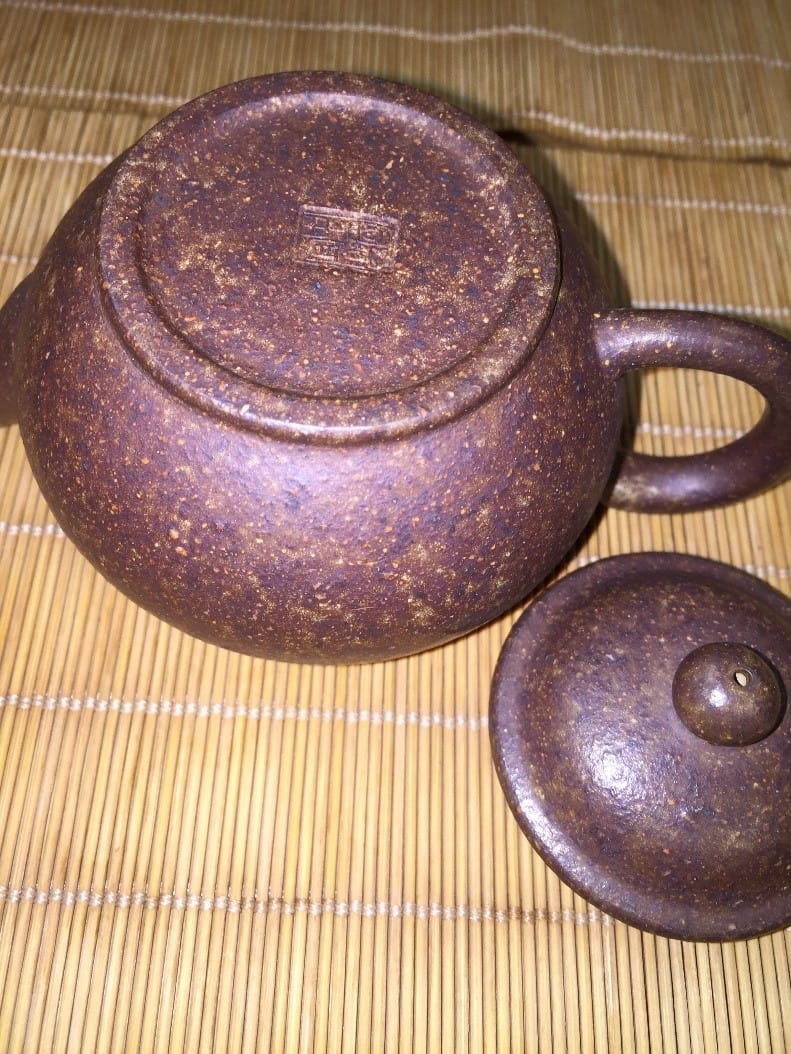Overfired Zisha Clay
The flaw of overfiring zisha clay constitutes a continuum along the maturation (time and temperature) curve[1], ranging from minor, where the ware is overly-vitrified in comparison to its desired material properties, to extreme, where the ware has bloated and potentially deformed[2].
When zisha material is overfired, more amorphous silicate melt is produced and forced to the surface during the ware’s densification, yielding a material with less internal porosity, higher density, and a greater coverage of silica glass on the inner and outer surface. While the amorphous silicate melt forms a polar surface from the exposed Si-OH groups and polar-molecules could be expected to interact with a polar surface, water itself is more polar and more present than the polar compounds in tea, largely rendering the silicate glass coating, where present, inert.
This finding has led some individuals to claim that overfired Yixing teapots act “more like glass” or “more like porcelain” which is not the case: in theory, a fully vitrified zisha teapot would have zero-porosity; in practice, the material bloats as it approaches full vitrification. Even in wares fired to the point of minor bloating, the material is never truly fully-vitrified with a “glassy” surface. As shown in the example below, the macro-pores formed from bloating within the material prevent a smooth glass-like surface from forming. Wares suffering from even minor bloating are unsuitable for tea, exhibiting a stronger generally-muting effect than underfired Yixing teapots.

This page is for paying subscribers only
Subscribe NowAlready have an account? Log in